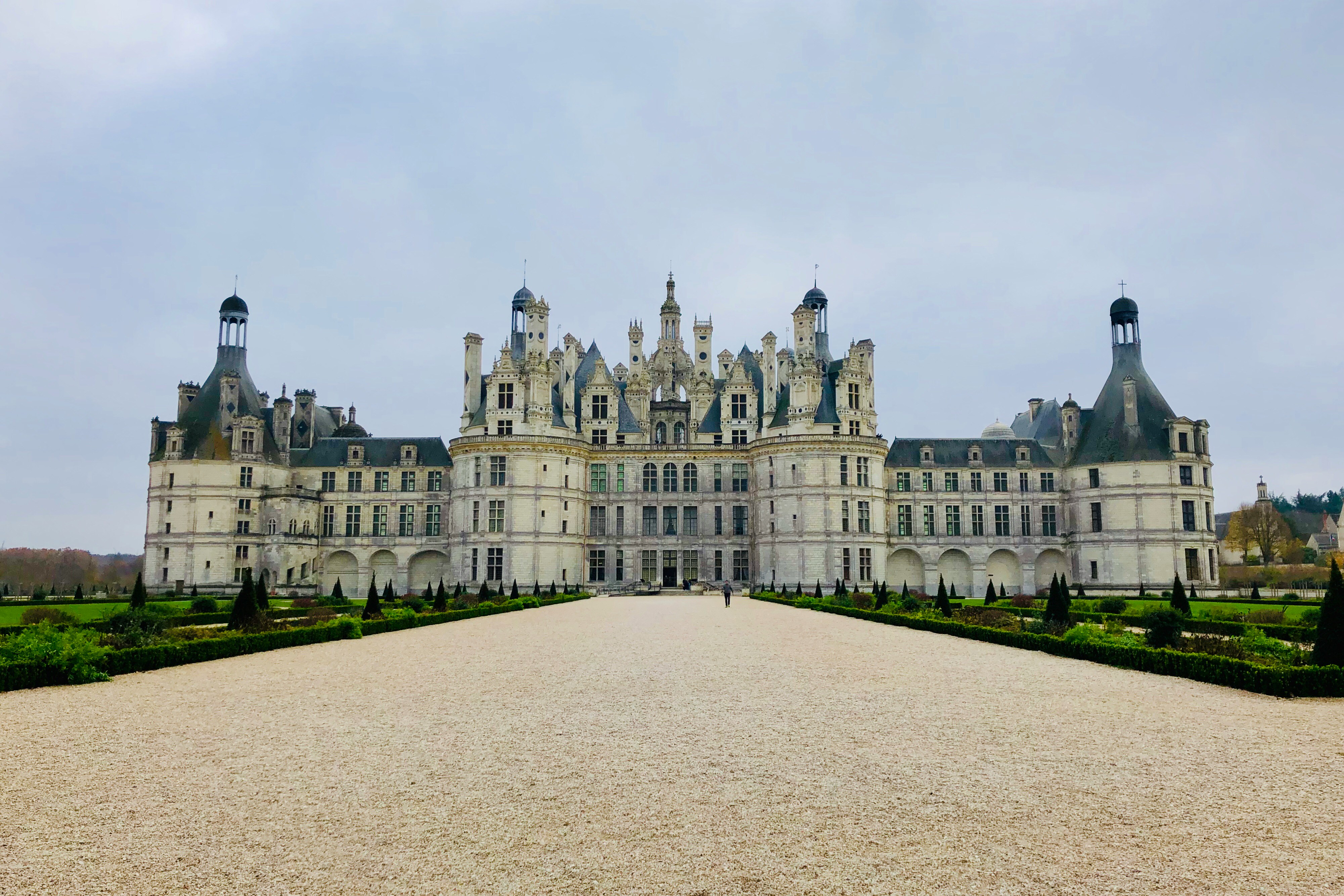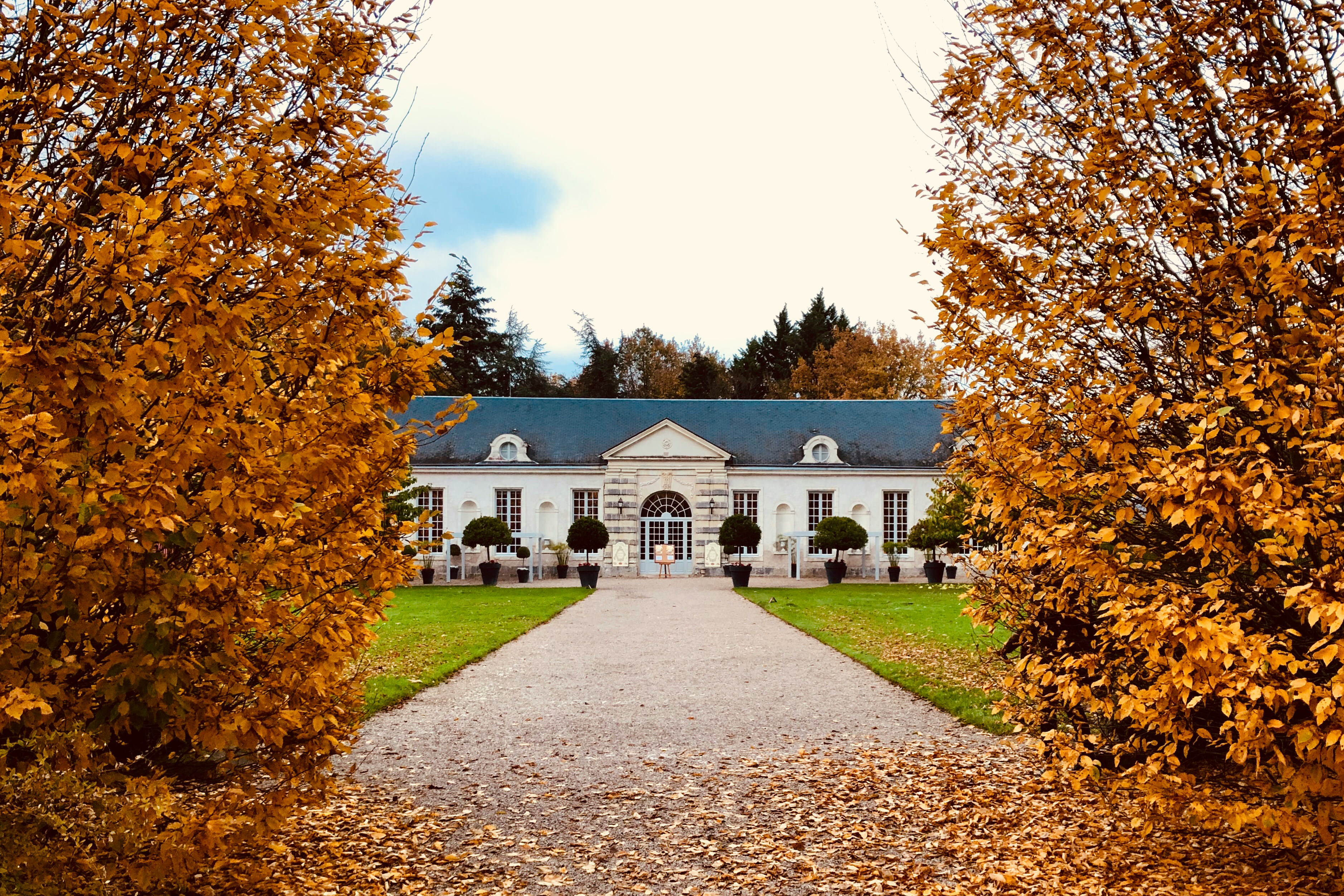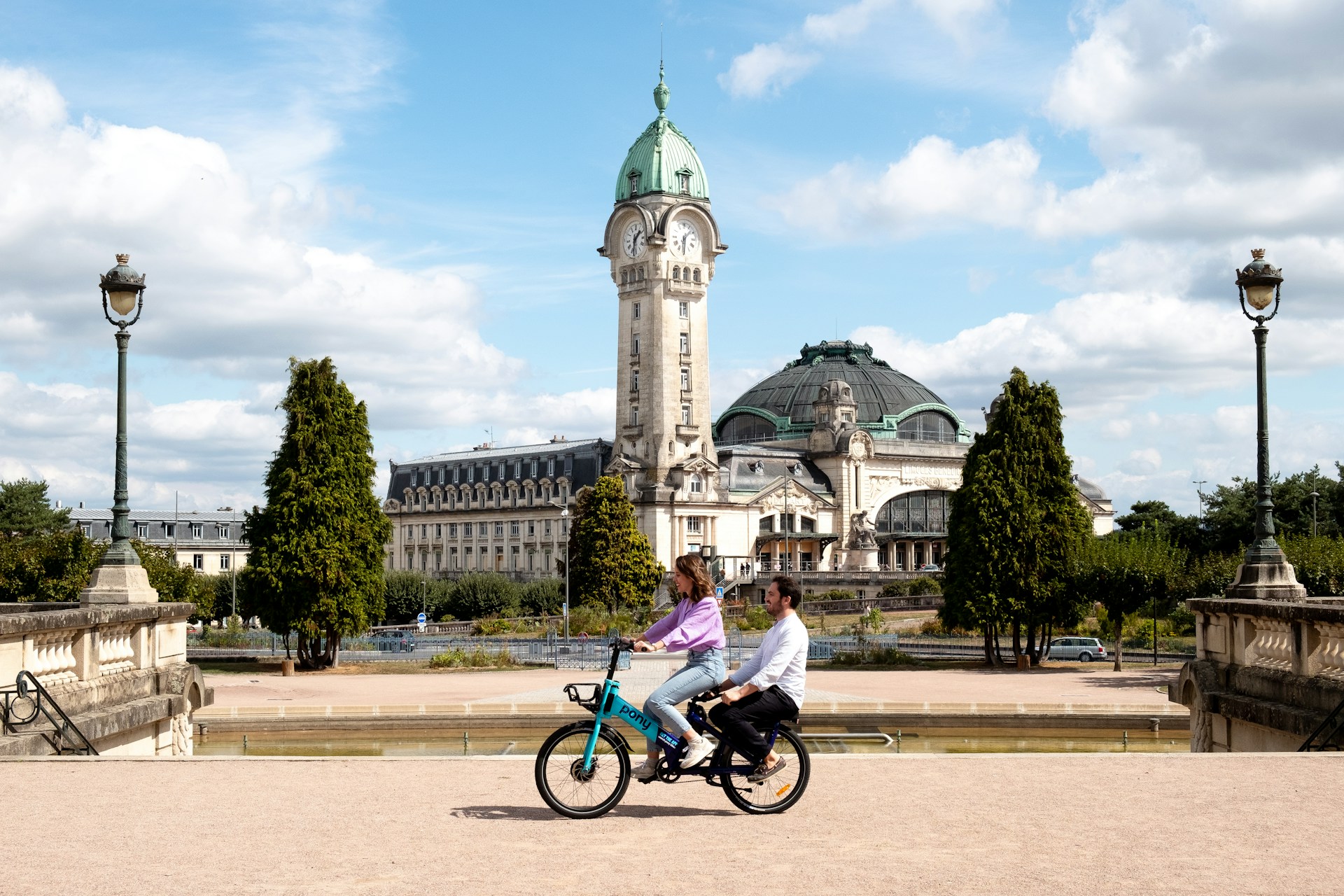Loire Valley: A tapestry of history and natural beauty
France's heartland unfolds along the gentle curves of the Loire River, revealing a landscape that has captivated kings, inspired artists, and nurtured vintners for centuries. The Loire Valley, often called the "Garden of France," presents a harmonious blend of natural beauty and human artistry, where fairy-tale castles rise above rolling vineyards and charming villages nestle among verdant forests.

A Royal Playground
The Loire Valley's grandeur can be traced back to the 15th and 16th centuries when it became the playground of French royalty and nobility. Magnificent châteaux were built or renovated during this period, transforming the region into a showcase of Renaissance architecture and garden design. These structures, once symbols of power and wealth, now stand as testaments to the artistic and cultural flowering of the French Renaissance.
Chambord, the largest and perhaps most recognizable of the Loire châteaux, astounds visitors with its intricate roofline of chimneys, cupolas, and staircases. It's said that Leonardo da Vinci may have contributed to its design, and the famous double-helix staircase at its center certainly seems to bear his innovative touch. As one wanders through its 440 rooms and 80 staircases, the sheer ambition of its creators becomes apparent.
Not far away, Chenonceau stretches gracefully across the Cher River, its elegant arches reflected in the calm waters below. Known as the "Ladies' Château" due to the influential women who shaped its destiny, Chenonceau embodies the refinement and beauty of the Renaissance period. Its gardens, laid out by Diane de Poitiers and Catherine de Medici, remain some of the most exquisite in France.
Things to do in Loire-Valley
A Viticultural Paradise
The Loire Valley's reputation extends beyond its architectural marvels to its renowned wines. The region's diverse terroir and favorable climate have been cultivated for centuries, producing wines of remarkable variety and quality. From the crisp Sauvignon Blancs of Sancerre to the rich red Cabernet Francs of Chinon, the Loire offers a veritable tour of French viticulture.
In Vouvray, the Chenin Blanc grape reigns supreme, producing wines that range from bone-dry to lusciously sweet. Here, ancient cave dwellings carved into the soft limestone cliffs serve as ideal wine cellars, maintaining a constant cool temperature year-round. Visitors can explore these troglodyte homes and taste wines that have been aged in the same manner for generations.
Further west, the vineyards of Anjou-Saumur produce the famous Crémant de Loire, a sparkling wine made in the traditional method. The town of Saumur itself, with its imposing château overlooking the Loire, serves as a picturesque base for exploring the region's wine routes.
Nature's Canvas
Between the grand châteaux and renowned vineyards, the Loire Valley's natural beauty unfolds. The river itself, France's longest, meanders through a landscape of gentle hills, fertile plains, and dense forests. This diverse ecosystem has been recognized by UNESCO as a World Heritage Site, acknowledging both its natural significance and the harmonious way humans have shaped the land over millennia.
Cycling enthusiasts will find paradise in the Loire à Vélo, a network of bike paths that stretches for over 900 kilometers along the river and its tributaries. These well-maintained routes offer an intimate way to experience the region's charm, passing through sleepy villages, sun-dappled forests, and endless fields of sunflowers.
For those seeking a different perspective, hot air balloon rides provide a breathtaking view of the valley. As the sun rises over the misty river, casting long shadows across the patchwork of vineyards and forests, the true majesty of the Loire Valley is revealed.
A Living Heritage
While the Loire Valley's châteaux and vineyards rightfully draw much attention, the region's true charm lies in its living traditions and warm hospitality. In towns like Amboise and Blois, local markets overflow with regional specialties - goat cheeses, rillettes, and the famous tarte Tatin. Here, the art of French cuisine is not confined to Michelin-starred restaurants but is a part of everyday life, celebrated in bustling bistros and family-run auberges.
The Valley's cultural calendar is packed with festivals and events that honor its rich heritage. From medieval fairs in Chinon to sound and light shows that bring château facades to life, these celebrations offer visitors a chance to immerse themselves in the region's history and traditions.
As day turns to evening, the Loire Valley takes on a magical quality. The setting sun paints the river and château walls in hues of gold and pink, while the vineyards are bathed in a soft, ethereal light. It's in these moments that one truly appreciates why this region has inspired artists, writers, and dreamers for centuries.

The Loire Valley stands as a testament to the enduring allure of France's cultural and natural heritage. It's a place where history is not confined to museums but lives on in every stone of its châteaux, every vine in its vineyards, and every tradition kept alive by its people. Whether you come for the architecture, the wine, or simply the joie de vivre, the Loire Valley offers an experience that lingers in the memory long after you've returned home.
For those looking to extend their French adventure, the vibrant city of Nantes awaits at the western edge of the Loire Valley, offering a fascinating blend of history and contemporary culture that complements the region's timeless charm.
Related articles
Show all
The 15 best things to do in Fontainebleau
Nestled in the heart of France, a gem awaits discovery. A place where history breathes through ancient stones, where nature unfolds in majestic forests, and where culture thrives in every corner. This enchanting destination, just a stone's throw from Paris, offers a blend of royal grandeur and natural beauty that captivates visitors from around the world. Welcome to a journey through time and nature, where every step reveals a new wonder.
Fontainebleau - FRANCE

Top 15 things to do in Limoges
In the heart of France, a city steeped in history and artistry awaits discovery. Renowned for its porcelain and enamel work, this charming destination offers a blend of cultural richness and natural beauty. From medieval landmarks to modern museums, visitors can be immersed in a world where tradition and innovation coexist harmoniously. Let's explore the top 15 experiences that shouldn't be missed in this captivating French city.
Limoges - FRANCE

Best 15 things to do in Clermont-Ferrand
In the heart of France's Auvergne region, a city of contrasts awaits discovery. Ancient volcanic landscapes serve as a backdrop to a vibrant urban center, where centuries of history blend seamlessly with modern innovation. This hidden gem, often overlooked by international travelers, offers a unique tapestry of experiences that can be savored by those willing to venture off the beaten path. From imposing Gothic cathedrals to cutting-edge technology museums, from tranquil parks to bustling markets, a world of exploration beckons.
Clermont-Ferrand - FRANCE

Best 15 things to do in La Rochelle
The Atlantic coast of France beckons with its charming port towns, rich maritime history, and stunning natural beauty. Among these coastal gems, one city stands out for its unique blend of historical significance and modern allure. Visitors to this enchanting destination can be transported through centuries of seafaring tradition while enjoying contemporary comforts and vibrant cultural experiences. From ancient towers to cutting-edge aquariums, sun-drenched beaches to bustling markets, a wealth of attractions awaits those who venture to this captivating French port city.
La Rochelle - FRANCE

The 15 best things to do in Toulon
The French Riviera conjures images of glitz, glamour, and sun-soaked beaches. While cities like Nice and Cannes often steal the spotlight, a hidden gem awaits discovery along this enchanting coastline. Nestled between Marseille and Saint-Tropez, a city rich in naval history and natural beauty beckons to travelers seeking an authentic Provençal experience. From its bustling harbor to its charming old town, this Mediterranean haven offers a wealth of attractions for visitors to explore.
Toulon - FRANCE

Theoule - An authentic beach resort
The French Riviera is the number one place to visit if you’re craving peace and tranquility and Théoule-sur-Mer is one of the most picturesque places on the French Riviera. People who are looking to get away from it all know to head to the Théoule-sur-Mer sea resort on the French Riviera. While a lot of people have heard of Nice, not everyone has heard of the gem that is Théoule-sur-Mer. Nestled inside a small cove on the Esterel Coast, Théoule-sur-Mer offers the best of both worlds. There are peaceful beaches and tranquil waters, but there are all sorts of interesting places to visit in Théoule-sur-Mer. Whether you’re interested in touring the town and admiring the miniature lighthouses or setting foot near the stone castle, there’s something for everyone in this secret seaside resort. Sunbathers and nature lovers will find themselves in heaven inside this old-world fishing village. Its year-round mild climate makes it perfect for a vacation any time of year.
Theoule-sur-Mer - FRANCE

 Home
Home Wishlist
Wishlist